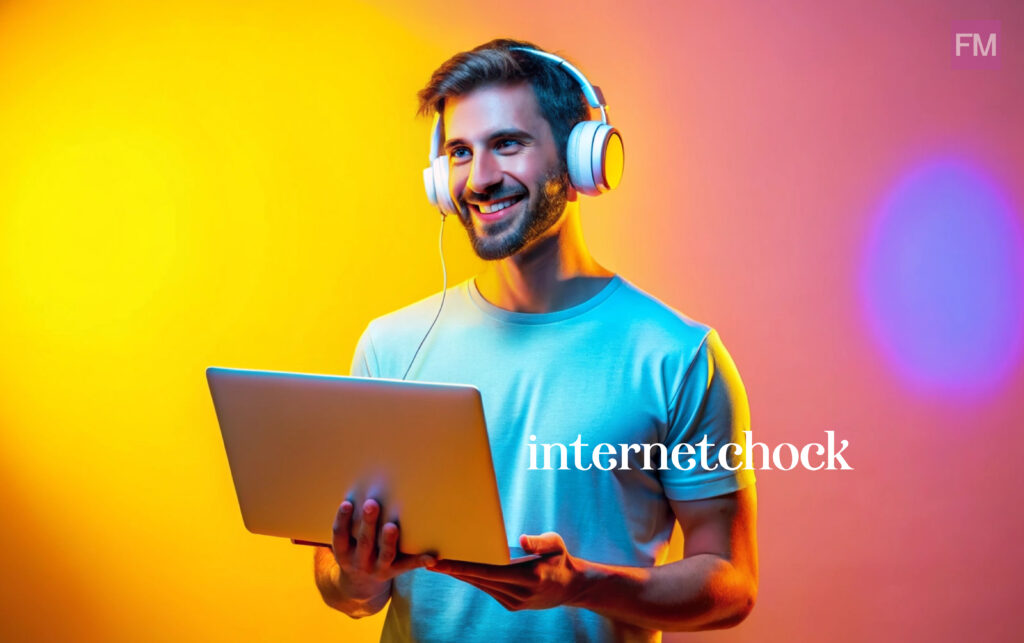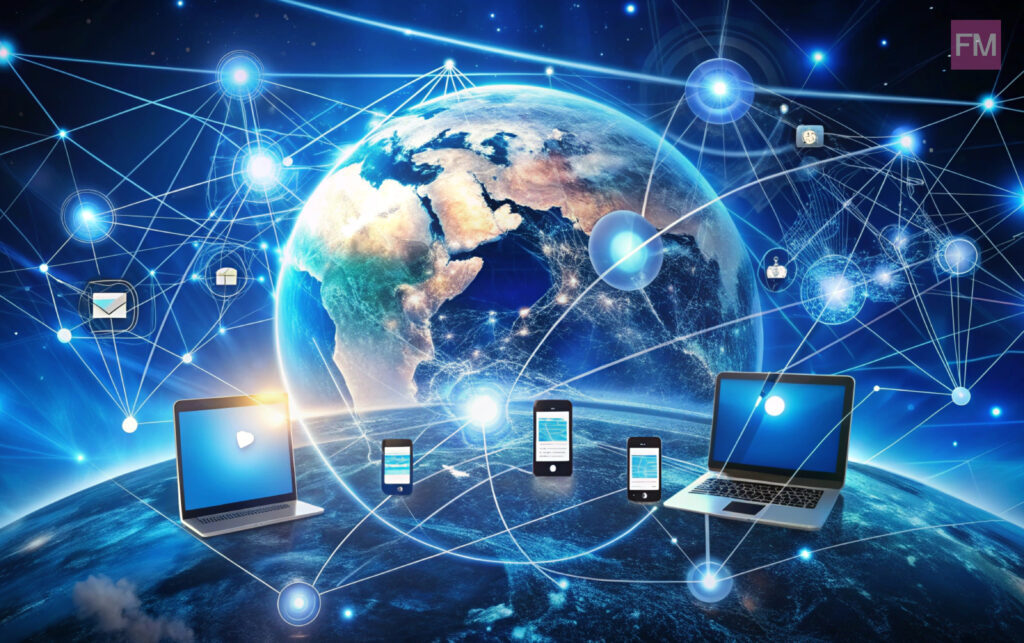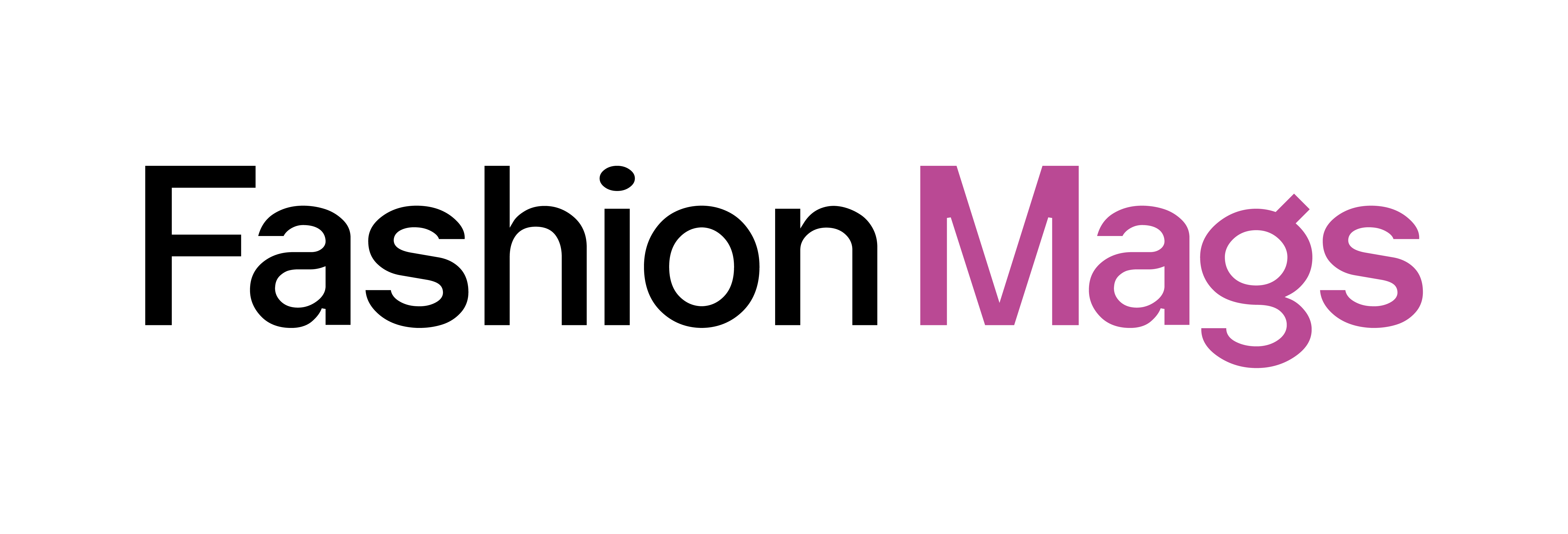Internetchock is a term used to describe the overwhelming feeling individuals experience when exposed to shocking, disturbing, or excessive information online. It can be caused by sudden exposure to distressing news, graphic images, misinformation, or an overload of content from social media, news websites, or video platforms. This reaction can be emotional, psychological, and even physical, leading to anxiety, confusion, and stress. As the internet has become an essential part of daily life, more people are unknowingly affected by internetchock, sometimes without realizing its impact. Unlike traditional media, where information is filtered and moderated, the internet provides unregulated access to an endless stream of content, making internetchock a growing concern in the digital age.
Table of Contents
Causes of Internetchock
Internetchock is primarily caused by the overwhelming amount of unfiltered information available online, often leading to mental exhaustion and emotional distress. The main triggers include exposure to disturbing content such as violent images, tragic news, or shocking videos, which can create a sudden and intense reaction. Social media algorithms also contribute by continuously suggesting related content, making it difficult to escape distressing information. Additionally, misinformation and fake news can mislead users, causing confusion and anxiety. The rapid spread of controversial topics, cyberbullying, online harassment, and fear-driven headlines further amplify internetchock, leaving users feeling helpless, anxious, and emotionally drained.
The Psychological Impact of Internetchock
The effects of internetchock can range from short-term distress to long-term psychological consequences, depending on the severity and frequency of exposure. In the short term, individuals may experience anxiety, stress, irritability, and difficulty concentrating after encountering distressing online content. Repeated exposure can desensitize people, making them numb to real-world issues or, in contrast, increasing their sensitivity to negative news. Some individuals develop avoidance behaviors, steering clear of certain platforms or topics to protect their mental well-being. In extreme cases, internetchock may contribute to depression, sleep disturbances, and a loss of trust in online information, further isolating affected individuals from the digital world.

Coping Strategies for Internetchock
Managing internetchock requires a combination of self-awareness, content control, and healthy digital habits to minimize its negative impact. One of the most effective strategies is limiting screen time and setting boundaries on social media usage to avoid overexposure to distressing content. Curating online feeds by following trusted sources and avoiding sensationalized news can also help reduce anxiety. Practicing digital detox techniques, such as taking regular breaks from screens and engaging in offline activities, can improve mental clarity. Additionally, engaging in mindfulness, deep breathing, and stress management exercises can help individuals process shocking content in a healthier way. Recognizing personal emotional triggers and adjusting online behavior accordingly is crucial in preventing internetchock from taking a toll on mental well-being.
Preventing Internetchock
Prevention is key to avoiding internetchock, and it starts with adopting responsible internet usage habits that protect mental and emotional health. Using content filters and parental controls can block disturbing or explicit material, reducing the risk of unwanted exposure. Being mindful of digital consumption by avoiding doomscrolling—the habit of continuously consuming negative news—can also prevent emotional exhaustion. Fact-checking information before believing or sharing it can help combat misinformation, reducing unnecessary stress. Platforms and content creators play a role as well by providing content warnings and implementing stricter moderation policies to minimize the spread of harmful material. Developing digital literacy skills allows users to navigate online spaces safely, making informed decisions about what they consume and engage with.

Seeking Professional Help
In cases where internetchock significantly impacts daily life, seeking professional support can be essential for mental well-being. If persistent anxiety, stress, or sleep disturbances occur due to excessive exposure to distressing online content, consulting a mental health professional can provide effective coping mechanisms. Therapy options such as cognitive-behavioral therapy (CBT) can help individuals process distressing experiences and build resilience against online negativity. Support groups and online communities dedicated to digital well-being also offer safe spaces for individuals to share their experiences and find solutions together. Recognizing when internetchock is interfering with personal life and seeking timely help can prevent its long-term psychological effects and promote healthier internet usage.
Conclusion
Internetchock is a modern challenge that arises from the overwhelming exposure to digital content, affecting mental and emotional well-being. The internet is an essential part of daily life, but without mindful usage, it can become a source of distress. Understanding the causes, recognizing its impact, and applying coping strategies are crucial to maintaining a healthy relationship with digital media. By practicing content moderation, limiting screen time, and prioritizing mental health, individuals can navigate the online world more safely. Ultimately, awareness and responsible internet habits are the key to preventing internetchock and ensuring a balanced digital experience.
READ MORE : RedandWhiteMagz.com: Your Ultimate Online Magazine Destination
FAQs
1. How do I know if I am experiencing internetchock?
If you feel overwhelmed, anxious, or emotionally drained after consuming online content, you may be experiencing internetchock. Other signs include trouble sleeping, difficulty concentrating, and increased stress levels.
2. Can social media make internetchock worse?
Yes, social media algorithms often promote sensational or distressing content, making it harder to escape overwhelming information. Reducing time on social platforms and curating your feed can help.
3. What are the best ways to reduce internetchock?
Limiting screen time, fact-checking news sources, avoiding doomscrolling, and practicing mindfulness are effective ways to reduce internetchock. Taking breaks from digital devices also helps maintain a balanced mental state.
4. Is internetchock a serious mental health issue?
While internetchock is not a clinical diagnosis, its effects can contribute to stress, anxiety, and other mental health challenges. If symptoms persist, seeking professional help is recommended.
5. How can parents protect children from internetchock?
Parents can use parental controls, monitor online activity, and educate children about safe internet usage. Teaching kids to recognize misleading content and avoid disturbing material can also help.


